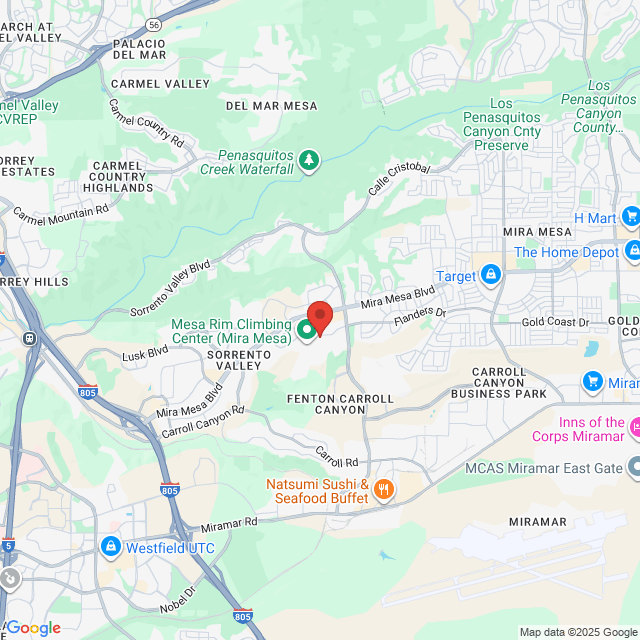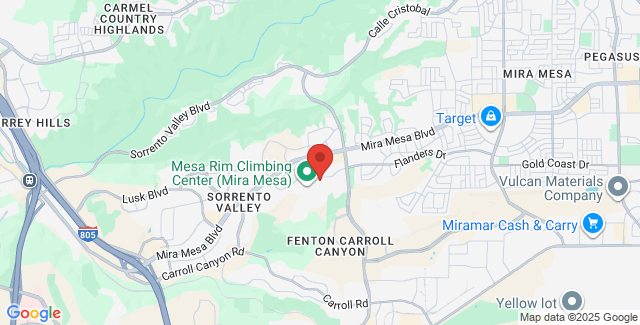J.P. Morgan Chase & Co.
The Creation of Mahonia Ltd.
J.P. Morgan created and controlled Mahonia Ltd., an energy trading business. A venture company created in December of 1992, Mahonia operated out of the Channel Islands in the UK. Sixty percent of its transactions were made with Enron. These transactions were originally made by Enron in an attempt to defer taxes, but as the company's debt increased, and the energy industry continued to experience losses, the transactions became a means to finance its operations.
Enron-Mahonia Trades
The trades were made as follows: Enron would sell Mahonia Ltd. a specified amount of gas and oil to be delivered incrementally, over a specified period of time. Enron would record the "pre-paid" purchases as sales on its current ledger, although it hadn't actually delivered any product. Purchases were made at the end of the year. This allowed Enron to record the sales on the company's current earning statement, and move its liability (delivering the pre-paid gas) to the following year's ledger.
The company deferred taxes by acknowledging the pre-paid sales as debt, when necessary, in its tax statements. It would move its debt forward from year to year, manoeuvering so that if it made large profits during a particular year, it could account for some of its outstanding debt and thus drop its taxable earnings. A contradiction appeared because on Enron's earning statements (the statements that would appear before investors) the Mahonia sales were recorded as cash flow, but on tax statements they were recorded as debt. Initially Enron made sales to Mahonia for between $100 and $150 million. In 1999, however, Enron began requesting to make larger sales, one of which hit $650 million. Mahonia had, according to allegations, begun to suspect that the trades were being used to fund Enron in its debt (instead of just help it manage its corporate income tax). The following email, written in 1999 by the firm's Vice-Chairman, Donald Layton, revealed the firm's hesitance about such 'trades': "We are making disguised loans, usually buried in commodities or equities derivatives (and I'm sure in other areas)...I am queasy about the process." To reassure the firm, Enron established contracts with eleven insurance providers.
J.P. Morgan's Lawsuit
These insurance companies were recently involved in a lawsuit that was initiated by J.P. Morgan. As the operator of Mahonia, J.P. Morgan faced major losses when Enron declared bankruptcy. The firm sought $1.1 billion from Enron's insurers to cover losses it suffered through the pre-paid energy trades. Enron's insurance companies, however, argued that they shouldn't have to pay. Their argument centered on the assertion that the 'trades' that they had insured had turned out to be "disguised loans." Their commitment to provide "absolute and unconditional" coverage, they stressed, did not apply toward covering "fraud." They held that J.P. Morgan had conspired with Enron to hide the company's debt by giving it loans masked as pre-paid energy trades with Mahonia. Their allegations raise questions as to why J.P. Morgan would have helped Enron hide its debt, and how supporting Enron could have benefited J.P. Morgan.
An impetus for J.P. Morgan to keep Enron afloat could have been that Enron was highly indebted to J.P. Morgan. Through joint ventures, Mahonia pre-paid trades, and securities, J.P. Morgan had a financial exposure to Enron of over $2.1 billion. Further, through its Mahonia deals alone J.P. Morgan earned $100 million in interest and fees from Enron. This amount is separate from the earnings the firm made as a lender, M&A advisor, structured finance provider, and limited partner for Enron.
J.P. Morgan argued, in the December 2, 2002 case, that the surety bonds (through which Enron was insured) were "absolute and unconditional," according to their own contracts. J.P. Morgan claimed that the insurance firms were attempting to back out of honoring their policies by making false claims. "We believe the insurance companies' allegations have no merit and are simply an attempt to get out of paying a straightforward claim," J.P Morgan stated. "When the time came they [the insurance companies] did not pay, and their supposed justification for not doing so is a brazen distortion of the facts." The firm defended the pre-paid trades Mahonia had made with Enron, attesting, "There is nothing inappropriate about structuring transactions to satisfy the parties' financial, tax, regulatory or accounting objectives within the relevant rules and standards." The case was settled before the jury adjourned for a decision. The insurance companies agreed to pay $650 million ($550 million less than was originally claimed) to settle the lawsuit.
J.P. Morgan's Alleged Contribution to Enron's Fraud
On April 8, 2002, the University of California, lead plaintiff in the Enron shareholder lawsuit, added J.P. Morgan and eight other financial institutions to the list of those who contributed to the Enron fraud that cost investors nearly $25 billion. J.P. Morgan was accused of helping Enron to disguise its debt. The firm fronted money to begin LJM2, a partnership company started by Enron's Andrew Fastow, which purchased four Enron assets. These purchases allowed Enron to record misleading positive earnings in 1999. Enron later repurchased the assets. J.P. Morgan also developed Mahonia, where, as allegations read, Enron hid $3.9 billion in debt. The press release that was issued by the University of California says, "Loans which should have counted as debt were made to look like profits from sales." The class action period ran from October 19, 1998 to November 29, 2001.
Profit-Sharing
In February of 2003, J.P. Morgan was fined $6 million by the NASD because Hambrecht & Quist, a firm it acquired in August of 2000, had performed profit-sharing activities before it was purchased. The firm received inflated commission on IPO shares it was offering to its clients. Hambrecht & Quist, the lead manager on twelve IPOs, charged exaggerated commissions, up to $1.25 a share. Standard commission is set at approximately six cents a share. In the NASD press release that announced the fine, Mary L. Schapiro, the Vice Chairman of the NASD stated that, "Managers of hot IPOs are not entitled to capitalize on the immediate increase in the market price of those shares by receiving inflated commissions and sharing in their customers' profits."
Settlement of Conflict of Interest Charges
J.P. Morgan was fined $80 million by the SEC and other regulating agencies in April of 2003. The fine was one of ten that were issued as a measure to reform the securities industry. $5 million of J.P. Morgan's fine will be used to fund newly proposed "investor education" programs.
Speak With an Attorney
If you would like to learn more about J.P. Morgan or another prominent securities fraud lawsuit, please /contactcontact Impact Law.




